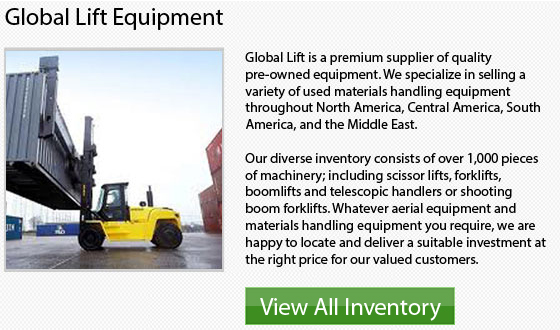
History of Forklifts
Forklift technology provides the capacity to transport bulky or heavy things easily across short distances. Forklifts are usually used in the every day operations of various kinds of businesses. Forklift design is always going through improvement as technology advances.
In the early 20th century, at the beginning of the industrial era in America, the forklift was invented. A company known as Clark made the first truck tracker in the year 1917. It was developed for use within Clark's own plant, but when other individuals saw it they were really impressed with this lifting machinery, even though it was just capable of lifting loads a few centimeters off the ground. The next year, Clark began to market the trucks widely.
The first types of forklifts were only the basics. By the year 1920, hydraulics was incorporated into the design. In 1923, Yale Baker developed an electric powered model with a pinion and ratchet system which cost a lot less to use. Pallets were developed as surfaces that are stackable on which to move supplies. This allowed larger loads to be transported.
To be able to deal with the increased demand, more companies moved into the material handling industry in World War II. Companies, such as Hyster, went from making various kinds of equipment to making lift trucks. The United States Armed Forces increased demand for forklifts for the reason of transporting military supplies to the frontlines. The demand for longer lasting electric models led to the development of forklifts that could last for eight hours.
Forklifts have changed significantly over the course of their history. Industries all around the world require forklifts to reduce expenses and increase production. Modern trucks are more comfortable and more productive and safer compared to their predecessors.